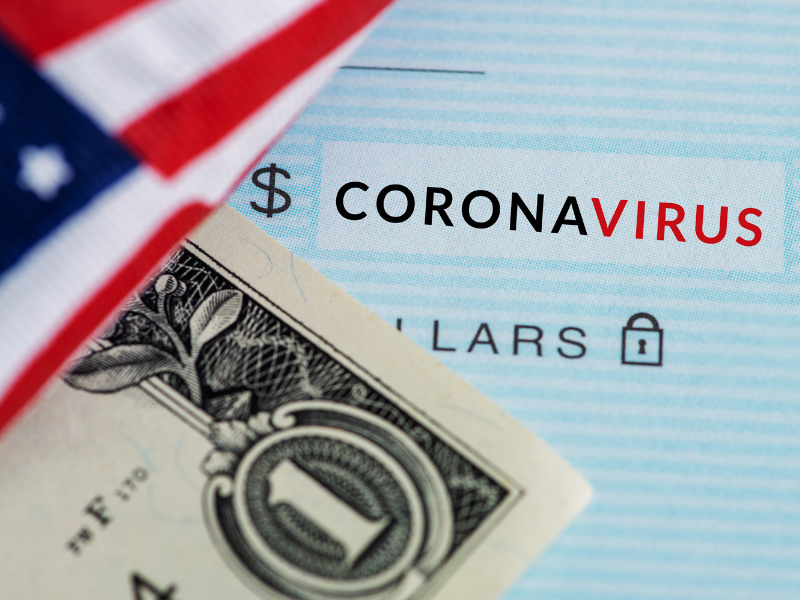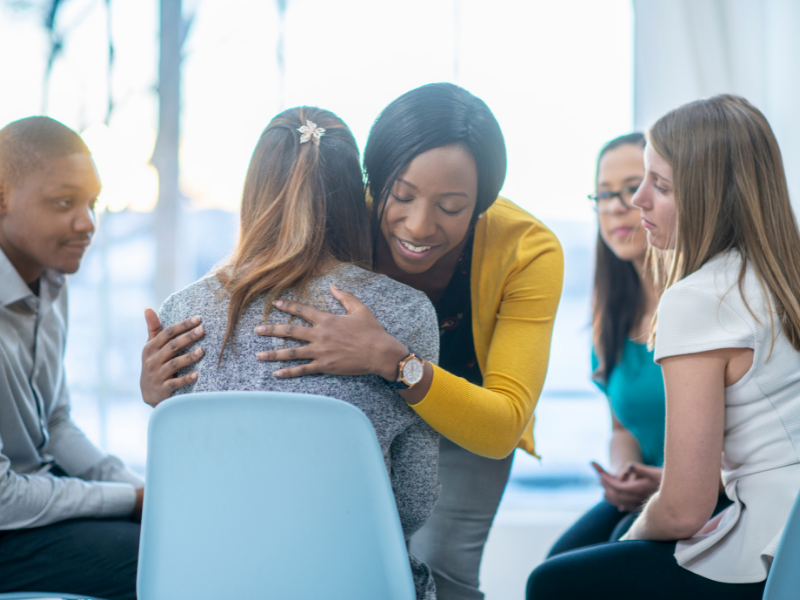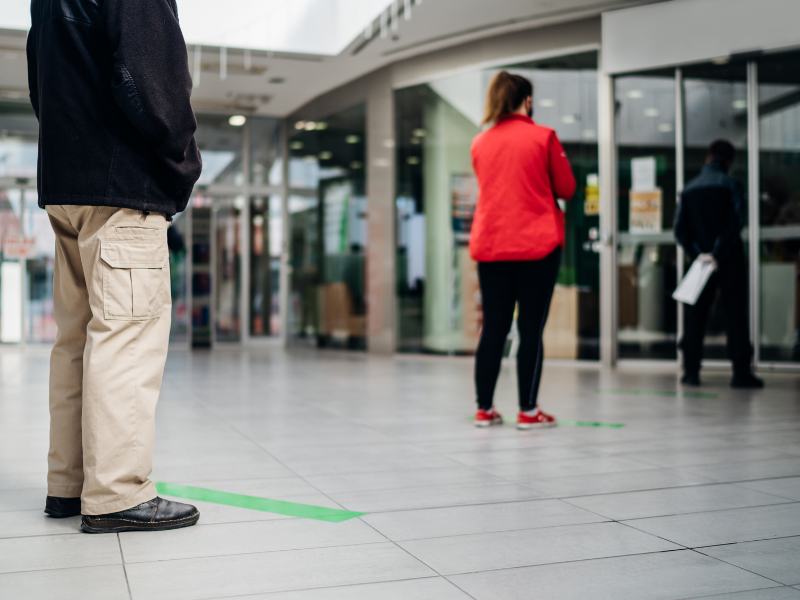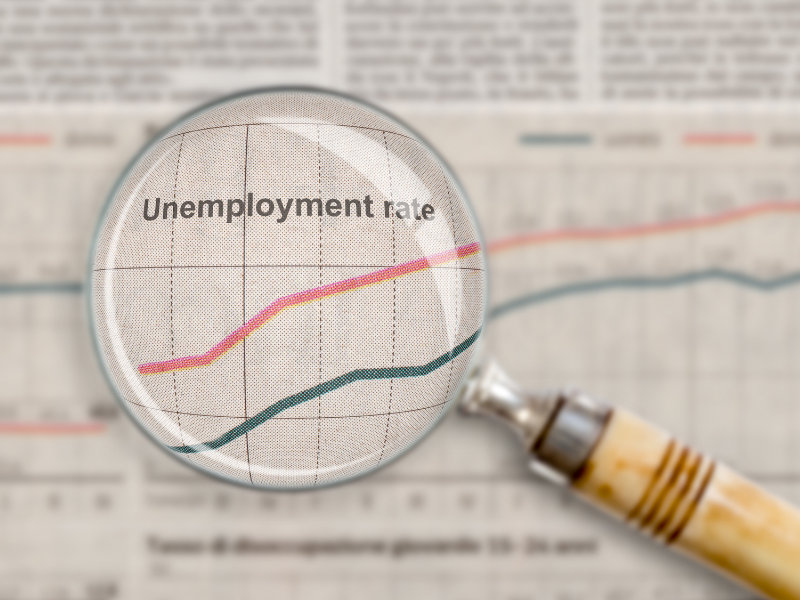Again to quote The Atlantic, “Outwardly, teens are growing up slower; but online, they’re growing up faster. The internet exposes teenagers not only to supportive friendships but also to bullying, threats, despairing conversations about mental health, and a slurry of unsolvable global problems—a carnival of negativity. Social media places in every teen’s pocket a quantified battle royal for scarce popularity that can displace hours of sleep and makes many teens, especially girls, feel worse about their body and life. Amplify these existing trends with a global pandemic and an unprecedented period of social isolation, and suddenly, the remarkable rise of teenage sadness doesn’t feel all that mysterious, does it?”
Solutions to this problem are not easy, but we know from our work at the Georgia Center for Opportunity (GCO) that nothing in life can replace genuine community. That community ranges from a good school to a healthy family life to thriving relationships to meaningful work. Teenagers need this just as much as adults — perhaps even more so as they pass through these key years of development.
One of GCO’s priorities is to offer relationship enrichment classes in local communities and schools. That includes students in middle and high school. Joyce Mayberry, vice president of GCO’s family team, “Teaching young people the dynamics of healthy relationships is so important, now more than ever. We’re seeing the devastating results of a loss of meaningful relationships, but it’s not too late to reverse course. All it takes is a direct investment in sharing the tools and approaches that work with young people.”
The bottom line is this: A key way to combat this epidemic of teen depression and poor mental health is through real community, where teens experience relationships face-to-face with friends, family, and broader society. That’s also one of the best ways to break the social media addiction — substituting real relationships for fake ones in a virtual world. Ultimately, it all loops back to community.













